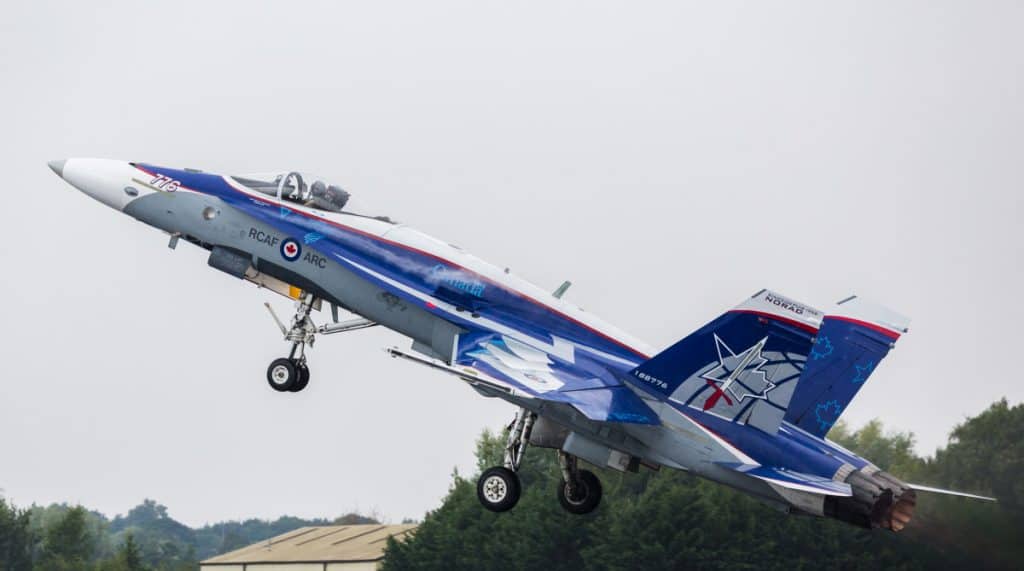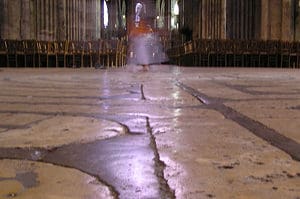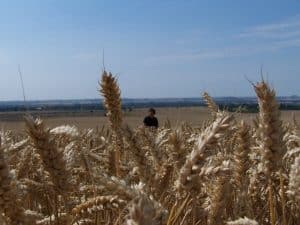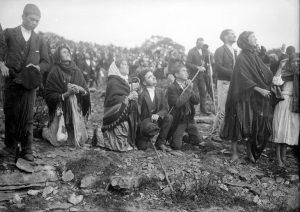The absence of NORAD, who was supposed to protect the airspace over North America, is one of the reasons why conspiracy theories about 9/11 quickly flared up. Without justifying what happened, I would like to try to explain this absence.
On Sept. 9, 2001, a terrifying terrorist attack took place in America. Four planes were simultaneously hijacked and used as weapons. Two planes penetrated the World Trade Center in New York, one plane severely damaged the Pentagon in Washington. On the fourth plane, passengers managed to overpower the hijackers. The plane in question crashed into a field in Pennsylvania.
The organization that should have been defending the skies was blatantly absent. How was that possible?
What is NORAD?
NORAD (North American Aerospace Defense Command) is a military organization that watches over the airspace of the United States and Canada. The Northeast Air Defense Sector (NEADS) from NORAD is responsible for the airspace above the North East of America.
NORAD was established on Sept. 12, 1957, and has been operational since 1962. Its headquarters is located in an underground bunker complex at Cheyenne Mountain in the U.S. state of Colorado. Teams from several countries work for NORAD. As of 2021, the official name of this complex is Cheyenne Mt. Space Force Station.
During the Cold War, NORAD’s primary mission was to detect any military threat posed by the Soviet Union via Intercontinental Ballistic Missiles.
The story of the conspiracists
In 2000, NORAD successfully intercepted 100% of 67 deviated aircraft or potential hijackings in less than 20 minutes. Still, less than a year later, on 9/11, NORAD failed to intercept even one out of four flights in an hour. The military infrastructure and high level of organization in the area in question make this fact highly implausible!
There were 33 military airfields (USAF bases) within range of the hijacked aircraft, of which seven bases at that time had what is known as alert status, meaning that aircraft were armed and ready for immediate takeoff. Of those seven bases, five were even within range of the four hijacked aircraft. The remaining 26 bases, while within flying range, did not have alert status. If authorized, these bases could have still tried to keep the hijacked plane away from critical strategic points or heavily populated areas.
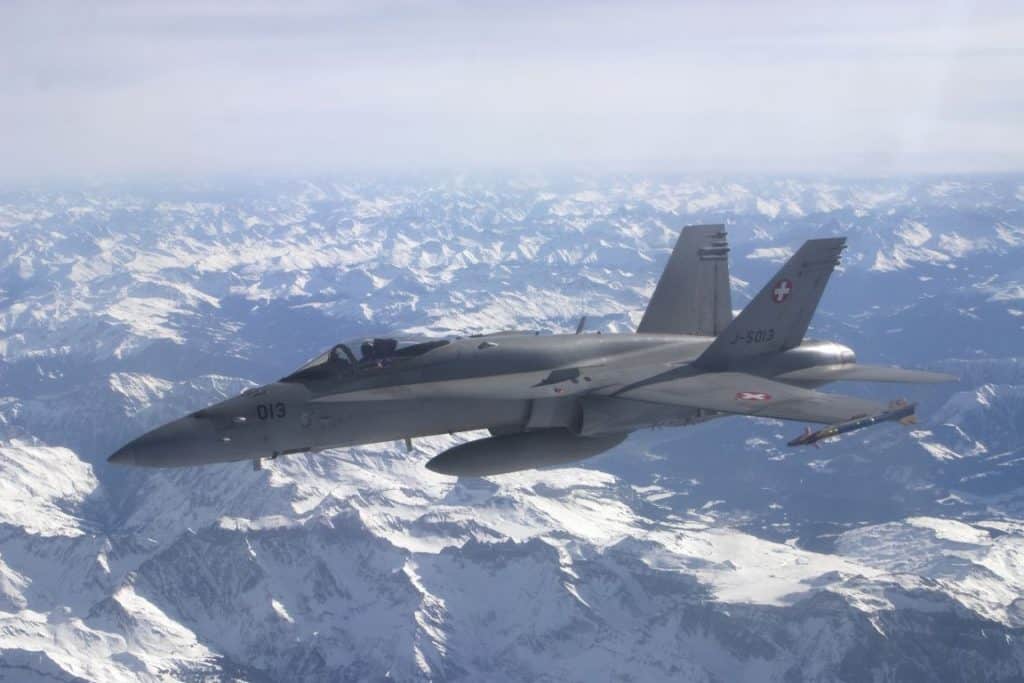
NORAD had sent some of its fighter aircraft, F15s and F16s, toward Canada and Alaska on Sept. 11, 2001, for a series of exercises. The result was reduced protection against aerial attacks on locations of the highest political, military, and economic order.
The main points of the conspiracy theorists are:
- It is unthinkable the airspace was so unprotected, so it must have been intentional;
- The exercise was scheduled to sent (armed) jets to Canada, leaving the airspace unprotected;
- The exercise was intended to cause extra confusion.
This is what happened according to the NORAD tapes
Michael Bronner obtained 30 hours of tapes from the control room of NORAD’s Northeast head-quarters. In 2006 he reconstructed what really happened that day (full article).
This is an excerpt of his story with, on the end, my own conclusion.
Indeed, the audio recording shows that NORAD had to verify that the hijacking was part of the exercise.
Usually during such a large-scale exercise, there is a moment when a hijacking is simulated. Initially, it was thought that this was the case here. However, the confusion was short-lived.
08:37:52
BOSTON CENTER: Hi. Boston Center T.M.U. [Traffic Management Unit], we have a problem here. We have a hijacked aircraft headed towards New York, and we need you guys to, we need someone to scramble some F-16s or something up there, help us out.
POWELL: Is this real-world or exercise?
BOSTON CENTER: No, this is not an exercise, not a test.
The exercise that day was designed to simulate a variety of scenarios, including a “traditional” hijacking in which politically motivated perpetrators hijack an aircraft, land on a Cuba-like island, and seek asylum.
The absence of NORAD, what took them so long?
The first report of the hijacking was at 8:19, when flight-attended Betty Ong called the Airlines’ reservations center. In American Airlines Flight 11, what really happened? I gave a detailed timeline of the hijacking. The airline took 20 minutes to alert NORAD.
Major Kevin Nasypany, the facility’s mission-crew commander, following standard hijack protocol, immediately prepares to launch two fighters from Otis Air National Guard Base on Cape Cod in search of American Airlines Flight 11. At that time, all they know is that the plane is somewhere north of John F. Kennedy International Airport.
Military controllers need either the plane’s beacon code (broadcast from an electronic transponder on board) or the plane’s exact coordinates to locate a hijacked airliner—or any airplane. When the hijackers turned the transponder off, the plane was one of the thousands of green blips on the radar. They needed the information of the FAA (Federal Aviation Administration).

Ten minutes later, Nasypany decides he would not wait any longer for information. He informs his superior, Colonel Marr. On the Nodad tapes, one can not hear the voice of Marr, but these are the words of Nasypany:
08:46:36
Hi, sir. O.K., what—what we’re doing, we’re tryin’ to locate this guy. We can’t find him via I.F.F. [the Identification Friend or Foe system]. What we’re gonna do, we’re gonna hit up every track within a 25-mile radius of this Z-point that we put on the scope. Twenty-nine thousand [feet] heading 1-9-0 [east]. We’re just gonna do—we’re gonna try to find this guy. They can’t find him.
There’s supposedly been threats to the cockpit. So we’re just doing the thing … [off-mic conversation]
True. And probably right now with what’s going on in the cockpit, it’s probably really crazy. So, it probably needs to—that will simmer down, and we’ll probably get some better information.
American Airlines flight 11 hit the north tower of the World Trade Center just a couple of seconds after this conversation.
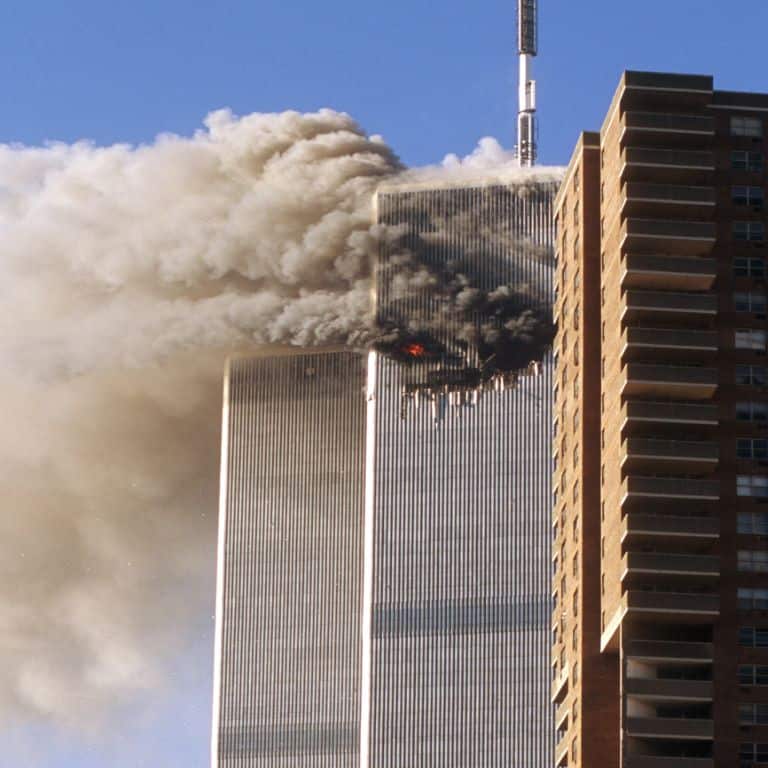
Fighters heading for New York
Five minutes later, Naspany gets the news a 737 hit the World Trade Center.
08:52:40
This is what I got. Possible news that a 737 just hit the World Trade Center. This is a real-world. And we’re trying to confirm this. Okay. Continue taking the fighters down to the New York City area, J.F.K. area, if you can. Make sure that the F.A.A. clears it— your route all the way through. Do what we gotta do, okay? Let’s press with this. It looks like this guy could have hit the World Trade Center.
At full speed, the flight from Cape Cod to New York takes about 10 minutes.
United airlines Flight 175
Meanwhile, civilian controllers on Long Island are keeping an eye on a second plane that has gone off course: United Airlines Flight 175, which is also scheduled to fly from Boston to Los Angeles. Just then, 38 minutes into its flight and now near Allentown, Pennsylvania, the plane takes a turn northeast toward Manhattan. The civilian controllers suddenly realized: this is another hijacking, and it will not land! They start speculating where this plane is heading for.
They never thought about informing NORAD until the very last second.
A couple of seconds after impact:
09:03:52
Sir, we got—we’ve got an unconfirmed second hit from another aircraft. Fighters are south of—just south of Long Island, sir. Right now. Fighters are south of Long Island.
By now, the two F-15 pilots could see the smoke from the collision. Naspany wanted them over there as quickly as possible, but the FAA controllers are afraid of fast-moving fighters colliding with a passenger plane, of which there are still hundreds in the area. The fighters are directed to an area just off the coast, near Long Island.
Of course, Naspany is frustrated and calls to the leader of the Weapon team:
09:07:20
Okay, Foxy. Plug in. I want to make sure this is on tape.… This is what—this is what I foresee that we probably need to do. We need to talk to F.A.A. We need to tell ’em if this stuff’s gonna keep on going, we need to take those fighters on and then put ’em over Manhattan, O.K.? That’s the best thing. That’s the best play right now. So, coordinate with the F.A.A. Tell ’em if there’s more out there, which we don’t know, let’s get ’em over Manhattan. At least we got some kinda play.
The F.A.A. controllers have final authority over the fighters as long as they are in civilian airspace.
Naspany tells the Battle Cab to launch two more fighters from Langley Air Force Base in Virginia to establish a stronger presence over New York, but his request is denied!
NORAD only had four armed fighters to defend roughly a quarter of the continental United States.
Massive cuts at the end of the Cold War reduced NORAD’s fighter arsenal from 60 armed jets to just 14 across the country, and only four of NORAD’s planes belong to NEADS (Northeast Air Defense Sector) and are near Manhattan. It didn’t seem a good idea to have all four in the air at the same time, in case they’d run out of gas.
How everything became even more confusing
At 8:54 a.m., controllers at Indianapolis Center had lost radar contact with American Airlines flight 77, which was flying from Washington Dulles to Los Angeles, and assumed the plane had crashed because they were unaware of the New York attack. Despite the fact that they quickly realized it was another hijacking and sent warnings up the F.A.A. chain, no one called the military.
It was at 9:21 when NORAD was informed about another hijacking:
9:21
Another hijack! It’s headed towards Washington!
*NASYPANY:*Shit! Give me a location.
UNIDENTIFIED MALE: Okay. Third aircraft—hijacked—heading toward Washington.
This report resulted in a significant escalation of the military response to the attack, including the launch of additional armed fighter jets from Langley.
But 20 months later, when a full report of that day was being presented, the whole story was mixed up.
Truth was, they were chasing a ghost, because someone somehow thought Flight 11 was still in the air. According to the manager in Boston who reported this hijack, flight 11 was actually still flying – still hijacked – and now heading straight for D.C. Apperently, he didn’t believe in three planes being hijacked.
Whatever hit the first tower was not a plane!
The confusion that flight 11 was on its way to Washington lasted for hours.
And there was another mix-up. The Langley fighters were headed the wrong way!
According to the 9/11 commission, the Langley pilots were never briefed by anyone, so despite being given the order to fly to Washington, the pilots ended up flying out to sea on their normal training flight plan – they were on their way to intercept intruders!
So when Boston informed NORAD a plane was on its way to Washington, the Langley pilots were 150 miles away!
From this moment on, two other hijackings were called in. We know now they were false alarms.
At this point, no one on the military side was aware that United 93 had been hijacked. The first call about this plane came in at 10:07:16.
By that time, United 93 had already crashed.
False statements and poor communication
Surely it could not be that American procedures to defend their own airspace were so complex that agencies did not inform each other or informed each other far too late? The people ultimately in charge shifted responsibilities, gave statements that were not entirely accurate, and thus threw oil on the fire of the conspiracy theorists.
Only when the tapes of those first two hours became public in 2006 did it become clear how great the chaos had been and how poorly the communication between the various agencies was.
9/11 was unprecedented
There are many reasons for this chaos, but the main reason was the procedure did not fit this situation:
- The four hijackings took place almost simultaneously;
- Normally a hijacking is always reported by the pilot, but the pilots were immediately neutralized, and their place was taken by hijacker pilots, who disabled the transponders and ceased communication;
- Most hijackings up to that point ended in negotiations on the ground and gave the authorities much more time to respond;
- They did not expect an aircraft would be used as a lethal weapon;
- Norad was more equipped to deal with an outside threat than with domestic ones;
- The F.A.A. specialized more in domestic hijackings and did not realize until it was too late that these hijackers were using aircraft as weapons.
I could make the list longer than this, but my main goal is to explain the absence of Norad.
In my opinion, you can blame the absence of the military more on the chaos than on the exercise that was taking place at the time. The story that there were not enough planes because there was an exercise seems incorrect to me. There were only four armed jets because defense had been cut back!
The fact NORAD only had four armed jet planes to protect the airspace above New York and Washington, might have been the real fact the military would like to cover up because this is very sensitive information in an upcoming war against terrorism.
On the other hand, there are still plenty of loose ends for conspiracy theorists. After all, chaos can also be a cover-up, especially if it is made worse by communication problems. The fact that the official tapes did not become available until 5 years after the disaster gave enough time to filter out any unwanted facts and add new information.
We will probably never know the truth, but the official tapes are available and can be listened to by anyone who wants to know more about this tragedy.
Below: the 9/11 FAA – NORAD tapes

